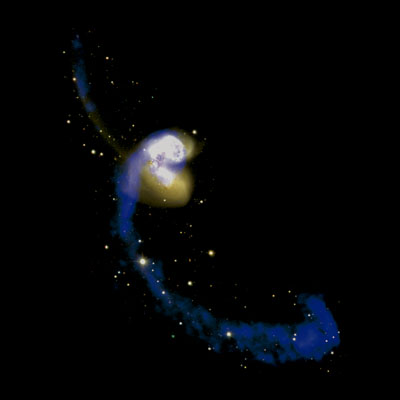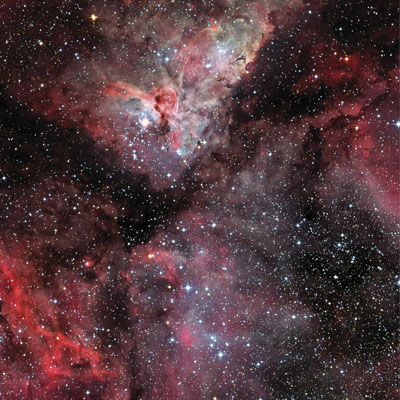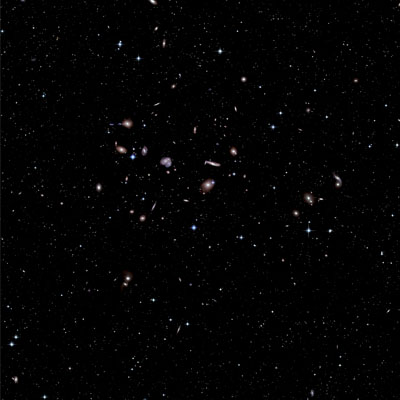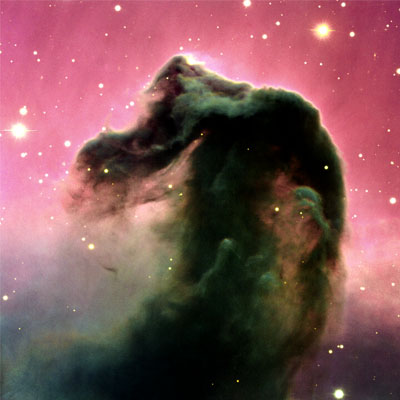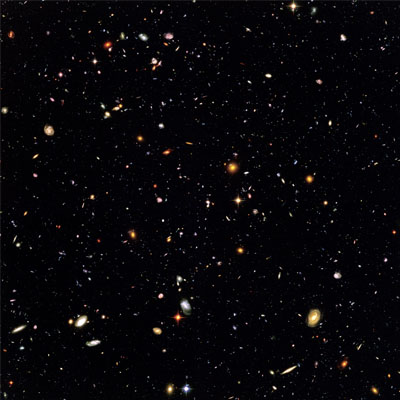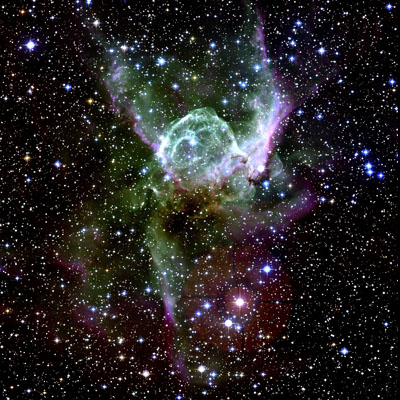
Credit: Jean-Charles Cuillandre |
An introduction to Astrophysics Frédéric Courbin The main objective of this mini-course is to introduce the students to the concepts and tools of the modern Astrophysics.The course starts presenting the Kepler's laws and the Virial theorem.
|
|
Then the topics of radiation, matter and black body will be presented. With this basis there will be foreforward presented the concepts of magnitudes and spectrum and the Doppler-Fizeau effect. Next the topic of interestellar medium, tides and Roche limit will be studied. Then topics continue with Comets, planets and their atmospheres, stellar formation, galaxies and the Milky Way. The course will end with some of the most interesting topics nowadays: dark matter, cosmological distances and gravitational lensing.
|
|
|---|---|
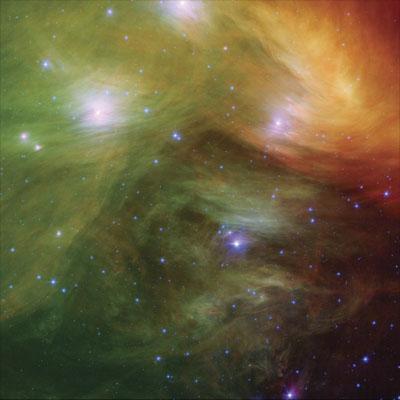
Credit: NASA/JPL-Caltech/J. Stauffer |
An introduction to basic descriptive statistical concepts applied to modern Astronomy Jaime Muñoz and Alejandro García The main objective of this mini-course is to show basic statistical concepts and how these can be applied to handled astronomy data sets. Participants will learn or review concepts
|
|
such as statistic variable types, data descriptive analysis including graphical data analysis, location and scale measures, skewness, kurtosis. On each session participants not only are going to learn the concepts theoretically but also, they will have a workshop to practice the concepts explained in class using R Statistical software. We hope that at the end of the mini-course, participants must be able to make a descriptive analysis of the data and have learned basic concepts of R software to do so.
Topics: Variable Types: Quantitative and qualitative, levels of measurement. Graphical data analysis: Bar graphs, Pie charts, Line charts, Histograms, Box plots, Quantile graphs. Locations and Scale Measure: Mean, Trimmed Mean, Median, Range, Variance, Median Absolute Deviation, Interquartil range. Distribution data shape measures: Skewness, Homogenity, Kurtosis. Quantile-Quantile graphs: Interpretation. Example of statistical modeling (presentation of the use of a linear model).
|
|
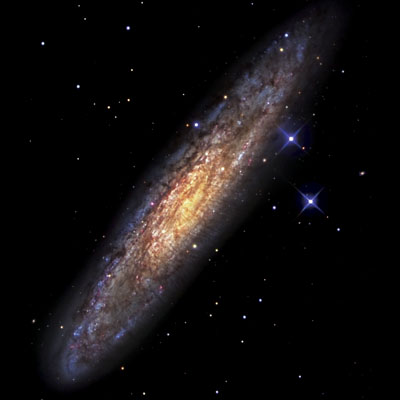
Credit: R. Jay GaBany. |
The fundamentals of Astrometry: Key concepts, procedures and applications Katherine Vieira We will cover the basics of Astrometry that anyone working on a Astronomy/Astrophysics subject should know, to have a comprehensive professional profile, necessary and
|
|
looked after, whether you do research, teaching or outreach. How we assign coordinates to celestial objects involves defining and realizing the appropiate reference systems, considering the effects that change the position of such objects along time introduce errors in their measurement. Such reference systems are materialised by astrometric catalogs used by the astronomical community at large. We will also explore various key Astrophysical problems answered - sometimes only - by Astrometry.
|
|

